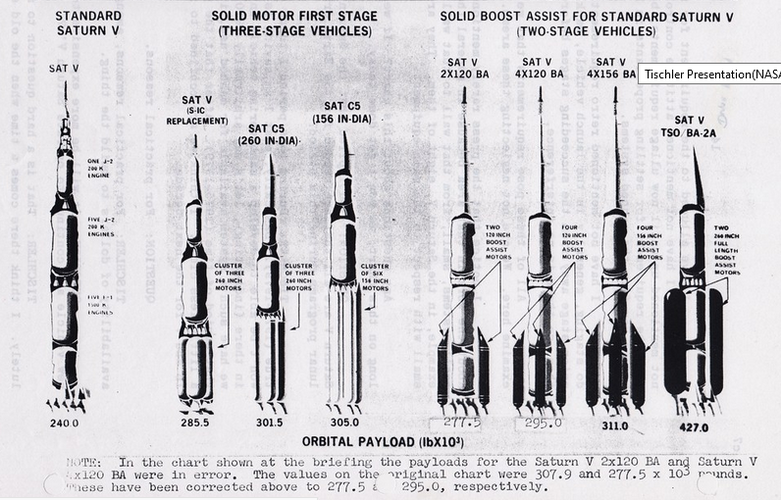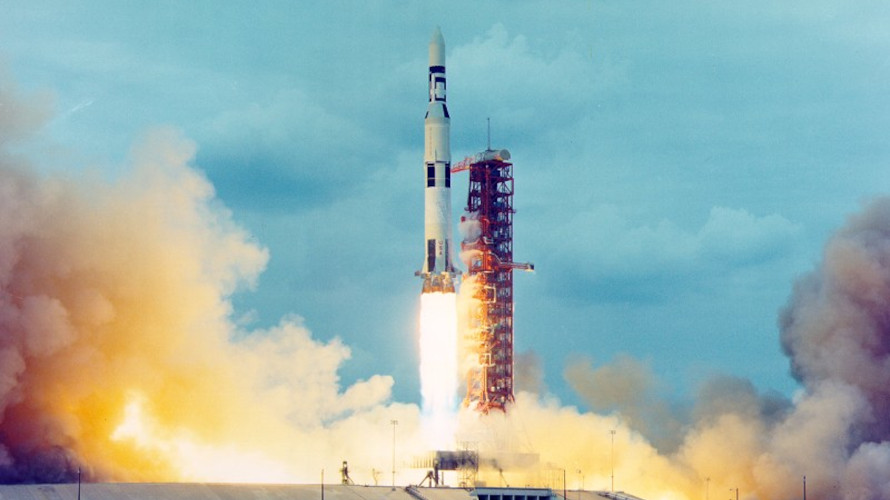Incidentally, I've found some bits of informations about Saturn 516 and 517.
It is already well known that the basic story is kind of
- long led items authorized to Boeing on July 25, 1967
- Webb "froze" Saturn production exactly a year later
- Paine shut it down definitively in January 1970
What I presume you're referring to in January 1970 is the announcement of the cancellation of Apollo 20. I don't think that represents the definitive shutdown of Saturn production, though. It is an acknowledgement that because a second Saturn production run had not yet been authorized, there would be an extended gap in the availability of Saturn V's. Combined with the decision to make Skylab a dry workshop, that meant no Saturn would be available in time for Apollo 20, even after Apollo missions had been slowed to the rate of two per year.
Fair enough. Saturn V was not murdered brutally, it kind of died of a very slow agony. By 1972 the shift toward Shuttle was the definite nail in the coffin.


